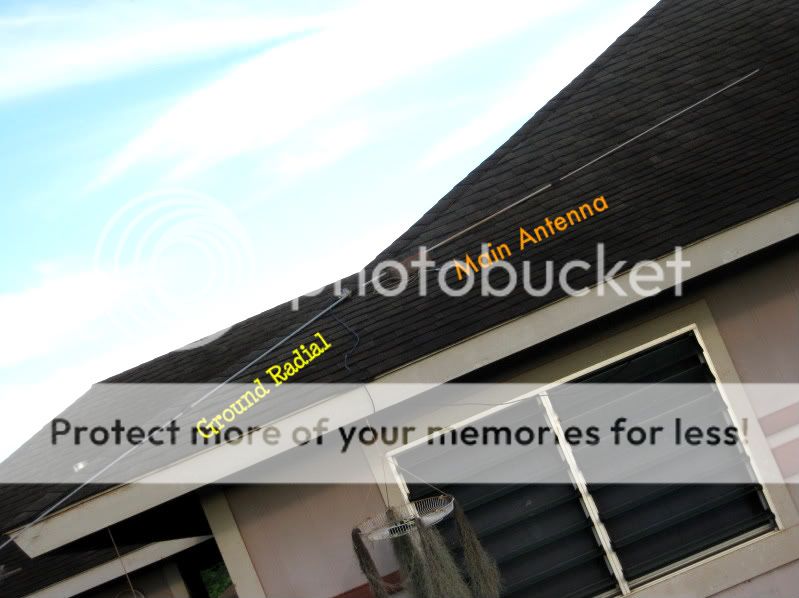yes marconi, LOL i meant 1/2 wave vertical dipole.
you said that the starduster is fed a bit off center?
are you saying this because the top radiator is a bit shorter than 108"?
looking at the owners manual, i get the finished length of the top radiator at about 101" give or take.
the radials, however, are 107" long, which says to me that this antenna is not fed off-center, but that the small radials on the top element form a capacity hat, thereby reducing the main radiators length.
lou franklin says that this also lowers the take-off angle in his book "understanding and repairing CB radios".
im interested to hear your thoughts on this.
as for the owners manual, here is a link:
http://www.cbtricks.com/ant_manuals/ant_specialists/m_400/graphics/m400_starduster_om.pdf
the part about the mast needing to be metal and at least 10 feet long is in the first paragraph, in the upper right portion of the page, right under where it says, "omni-directional center fed vertical antenna".
about the choke balun; we know that when erecting a vertical dipole, you shouldnt run the coax down the mast parallel with the "ground" element of the dipole. when this is done, currents are induced onto the shield of the coax.
it should be run out perpendicular (90*) from the antenna elements.
meaning that the coax will be horizontal to the ground for at least a quarter wavelength.
maybe this is why A/S wants the coax to be inside the tube.
hmmmm...
i am currently reading up on vertical dipoles and sleeve baluns.
hope to know more by tomorrow.
thanks for your interest!
LC
you said that the starduster is fed a bit off center?
are you saying this because the top radiator is a bit shorter than 108"?
looking at the owners manual, i get the finished length of the top radiator at about 101" give or take.
the radials, however, are 107" long, which says to me that this antenna is not fed off-center, but that the small radials on the top element form a capacity hat, thereby reducing the main radiators length.
lou franklin says that this also lowers the take-off angle in his book "understanding and repairing CB radios".
im interested to hear your thoughts on this.
as for the owners manual, here is a link:
http://www.cbtricks.com/ant_manuals/ant_specialists/m_400/graphics/m400_starduster_om.pdf
the part about the mast needing to be metal and at least 10 feet long is in the first paragraph, in the upper right portion of the page, right under where it says, "omni-directional center fed vertical antenna".
about the choke balun; we know that when erecting a vertical dipole, you shouldnt run the coax down the mast parallel with the "ground" element of the dipole. when this is done, currents are induced onto the shield of the coax.
it should be run out perpendicular (90*) from the antenna elements.
meaning that the coax will be horizontal to the ground for at least a quarter wavelength.
maybe this is why A/S wants the coax to be inside the tube.
hmmmm...
i am currently reading up on vertical dipoles and sleeve baluns.
hope to know more by tomorrow.
thanks for your interest!
LC

